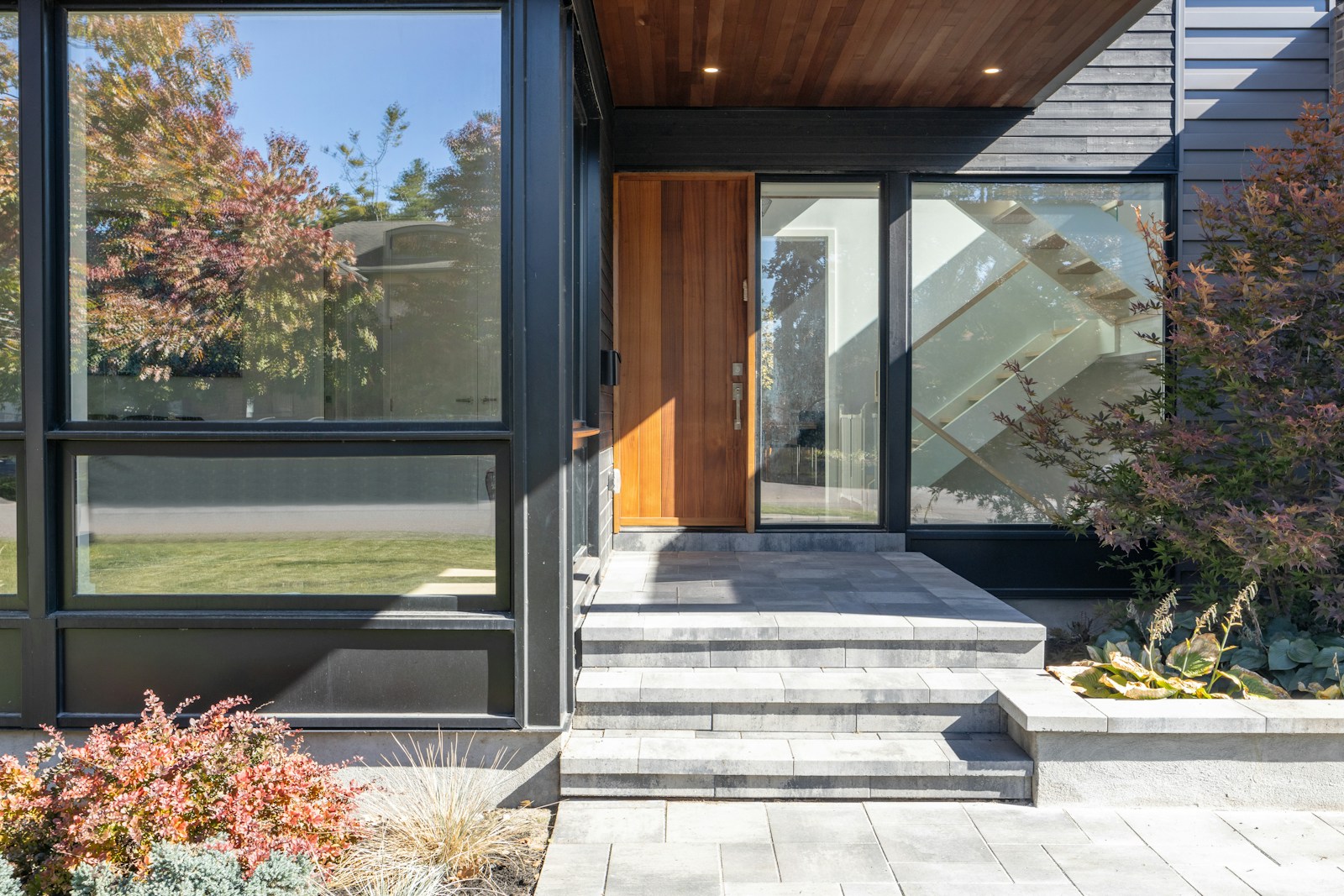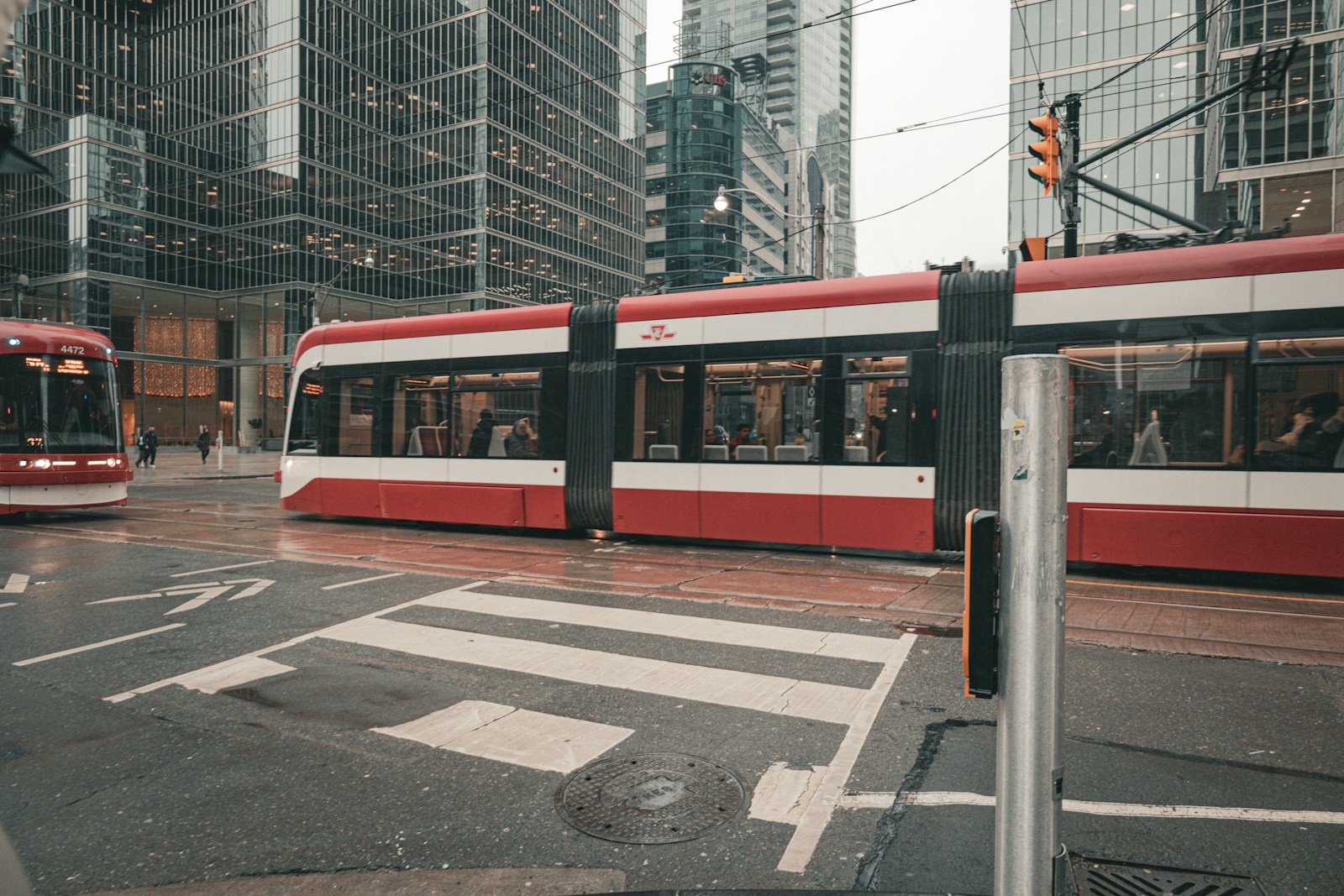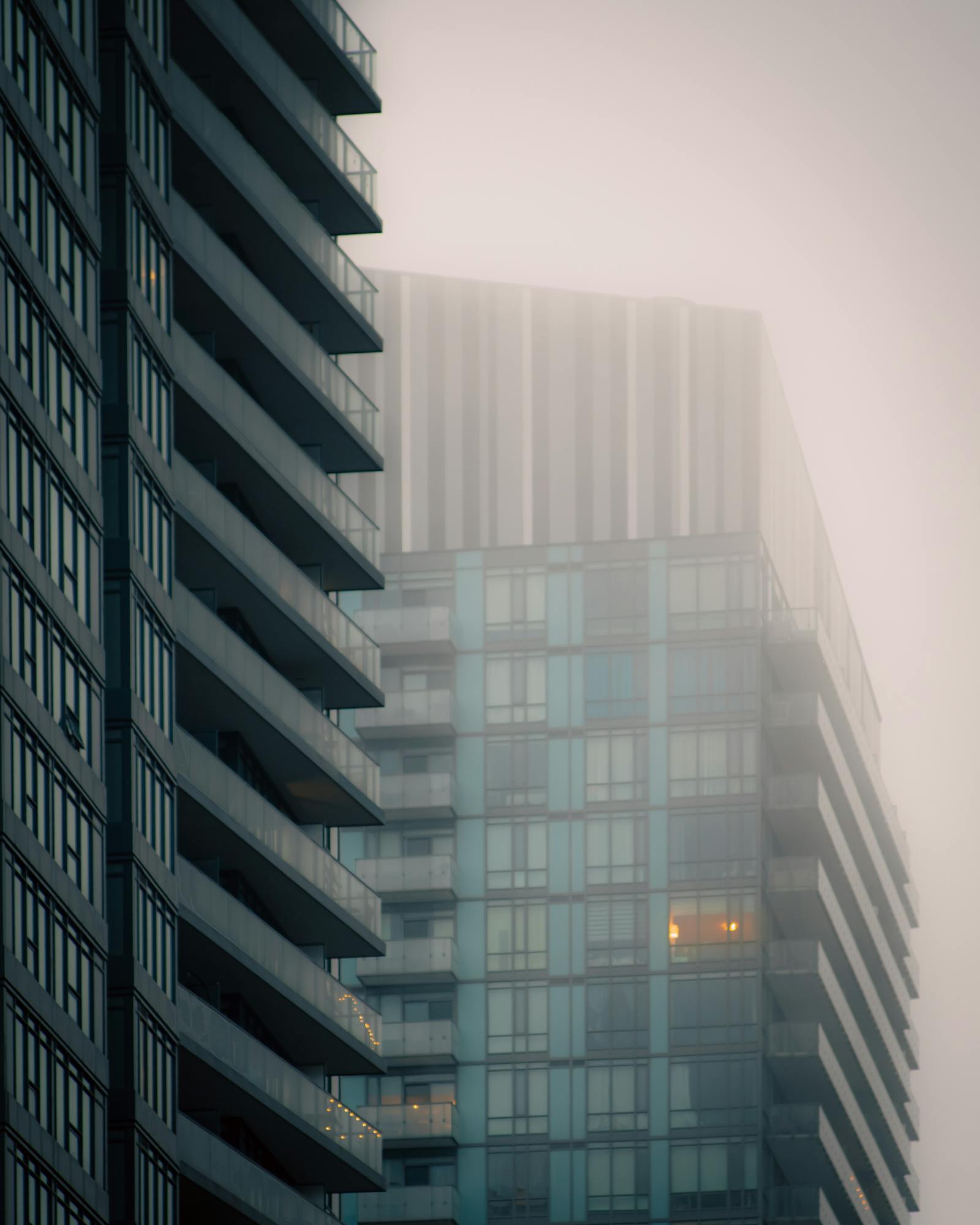Toronto’s housing market is expensive and competitive, but there’s one overlooked issue making affordability even worse—the missing middle. Between high-rise condos and million-dollar detached homes, there’s a serious lack of townhouses, duplexes, triplexes, and low-rise apartments.
With recent zoning changes and new developments, Toronto is finally taking steps to fix this problem. This blog explores why missing middle housing matters, the latest developments, pricing insights, and what this means for buyers and renters.
What is Missing Middle Housing?
The term “missing middle” refers to housing that sits between high-density condos and low-density single-family homes. These homes provide more space for families while remaining affordable for middle-income earners.
Cities like Toronto have historically focused on luxury condos and expensive detached homes, leading to fewer options for people who want spacious, reasonably priced housing in urban neighbourhoods.
Why is Toronto Struggling with the Missing Middle?
Several factors contribute to Toronto’s lack of medium-density housing:
Zoning Restrictions – Historically, many Toronto neighbourhoods only allowed single-family homes, preventing duplexes, triplexes, and townhouses from being built.
High Demand for Condos – Developers prioritized condos due to higher profit margins and demand from investors.
Expensive Land & Construction Costs – Building medium-density homes is often less profitable compared to high-rise developments.
With Toronto’s population booming, residents are demanding more diverse housing options that better suit families and professionals.
Toronto’s Latest Missing Middle Housing Initiatives
1. Zoning Changes for Multiplexes
Toronto has recently legalized multiplexes in all neighbourhoods, allowing duplexes, triplexes, and fourplexes in areas that previously banned them. This change is expected to increase housing diversity and support affordability.
2. Beaches-East York Missing Middle Pilot Project
The city is launching a pilot project to demonstrate how missing middle housing can be built effectively on city-owned land. This initiative aims to set a precedent for future developments and encourage more builders to invest in mid-sized housing. Updates are posted on the City of Toronto website here.
3. Private Developer Investments
Tempus Capital Inc. and TUK Developments Inc. are investing $100 million to create spacious, family-friendly rental units. Their first project features three-bedroom apartments with 1,100 square feet of space, addressing the need for larger rental units in Toronto.
What’s the Price Range for Missing Middle Homes in Toronto?
Toronto’s missing middle homes are priced between condos and detached homes, offering a middle ground for buyers and renters.
Here’s a breakdown of current prices:
Townhouses & Row Houses – Prices typically start around $800,000 in areas like Weston-Pelham Park, offering a more affordable step up from condos.
Duplexes & Triplexes – These multi-unit homes can range from $900,000 to $1.5 million, depending on the neighbourhood and condition.
Low-Rise Apartments – Rental units in new developments, such as those by Tempus Capital Inc. and TUK Developments, are designed for families and professionals, with three-bedroom units spanning 1,100 square feet.
As Toronto continues to promote medium-density housing, prices may fluctuate depending on zoning laws, interest rates, and construction costs.
Why Missing Middle Housing is Important?
Better Affordability
More housing options mean lower prices and better accessibility for buyers and renters. Townhouses, duplexes, and triplexes offer a compromise between space and cost, making them a great alternative to high-rise condos.
Improved Community Living
Unlike large condo towers, missing middle housing promotes walkable neighbourhoods with lower traffic congestion, more green space, and stronger local communities.
Environmental Benefits
Medium-density housing is more sustainable than single-family homes and reduces the city’s urban sprawl—a major issue affecting Toronto’s infrastructure.
What’s Next for Toronto?
The push for missing middle housing is gaining momentum, but challenges remain. While zoning changes and pilot projects are promising, developers and policymakers need to prioritize affordability and accessibility to make these homes widely available.
Will Toronto finally embrace medium-density housing? The coming years will determine whether these initiatives can reshape the housing market and offer better options for families and professionals.

About Anne Lok, Broker B. Arch, M.AAD.
Anne is a Toronto-based realtor with an architectural background, specializing in design-forward properties in historically rich neighbourhoods. She offers a customized approach for each client, helping buyers find homes that blend timeless charm with modern functionality. Anne also guides sellers in showcasing the unique appeal of their properties and assists investors in identifying opportunities with strong potential for growth.





























